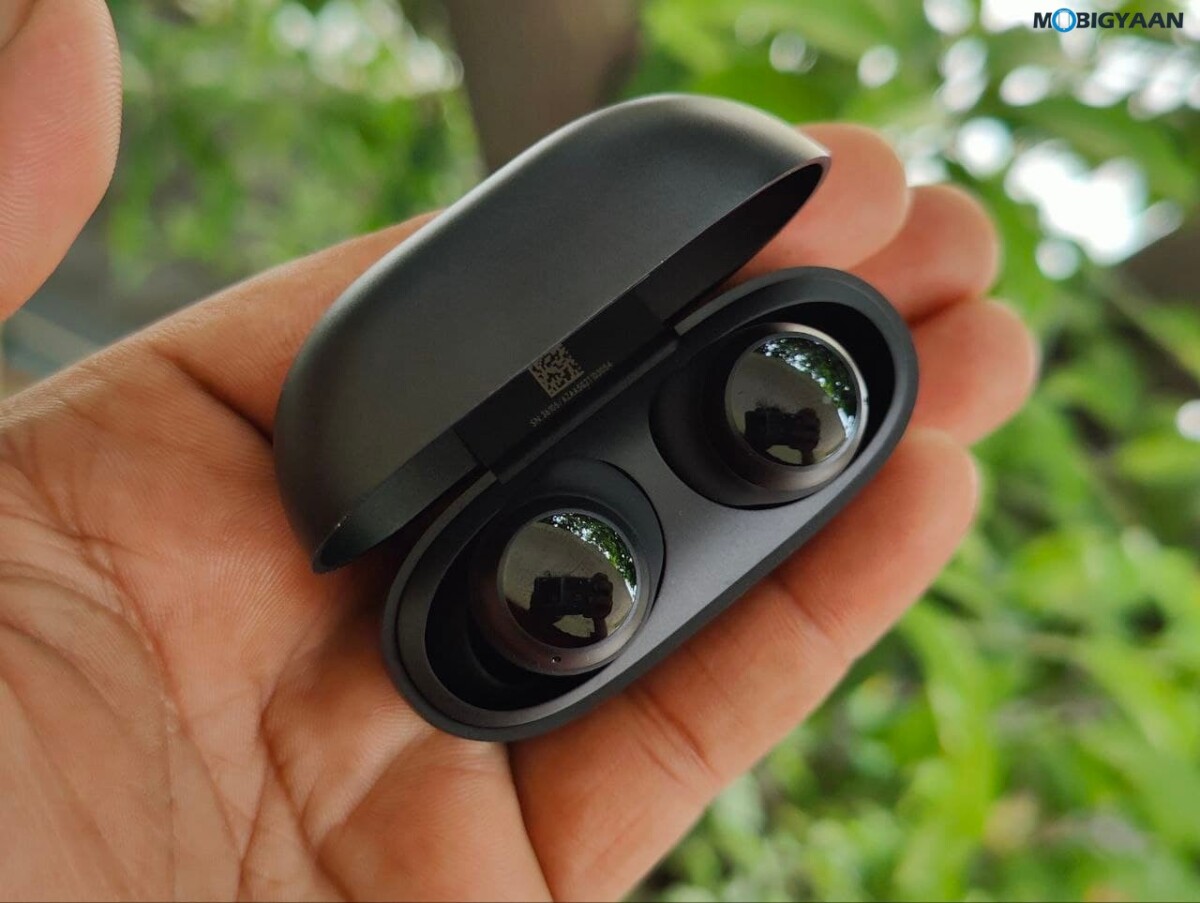One of the significant changes introduced with the advent of Windows 11 was the centrally placed start button inside a revamped taskbar. Undoubtedly, this was a major step in modernizing the user interface, but it also had its drawbacks.
For starters, for the first time in the history of Windows, the Taskbar was thicker and locked to stay at the bottom of the screen, which took away the precious screen real-estate while disallowing users to move it to any other sides.
![How to Automatically Hide The Taskbar in Windows 11 [Step-by-step Guide] 1 How to Automatically Hide Taskbar in Windows 11 [Step-by-step Guide]](https://www.mobigyaan.com/wp-content/uploads/2022/07/How-to-Automatically-Hide-Taskbar-in-Windows-11-Step-by-step-Guide.jpg)
If you feel this too, then the best option will be to use the registry editor to change the orientation of the Taskbar or make it disappear whenever you’re not using it. As we have already covered the first method in an earlier guide, we will focus on the latter in this step-by-step guide.
Step 1: Go to Start and click on the little cogwheel, which can be found in the bottom right corner just before the power menu.
Step 2: Inside settings, head to Personalization, followed by Taskbar. Alternatively, you can right-click on the Taskbar and select Task Bar Settings to directly access the taskbar personalization settings.
![How to Automatically Hide The Taskbar in Windows 11 [Step-by-step Guide] 2 How to Automatically Hide Taskbar in Windows 11 Step by step Guide 1](https://www.mobigyaan.com/wp-content/uploads/2022/07/How-to-Automatically-Hide-Taskbar-in-Windows-11-Step-by-step-Guide_1.jpg)
Step 3: Inside the Settings page, scroll down towards the end of the page and click on the drop-down menu that says Taskbar behaviors.
![How to Automatically Hide The Taskbar in Windows 11 [Step-by-step Guide] 3 How to Automatically Hide Taskbar in Windows 11 Step by step Guide 2](https://www.mobigyaan.com/wp-content/uploads/2022/07/How-to-Automatically-Hide-Taskbar-in-Windows-11-Step-by-step-Guide_2.jpg)
Step 4: Under Taskbar behaviors, find the toggle that says “Automatically hide the Taskbar” and click on it to turn it on.
![How to Automatically Hide The Taskbar in Windows 11 [Step-by-step Guide] 4 How to Automatically Hide Taskbar in Windows 11 Step by step Guide 3](https://www.mobigyaan.com/wp-content/uploads/2022/07/How-to-Automatically-Hide-Taskbar-in-Windows-11-Step-by-step-Guide_3.jpg)
Once enabled, you will see that the Taskbar instantly hides itself, helping you reclaim all the screen real-estate once lost to the thicker Taskbar.

